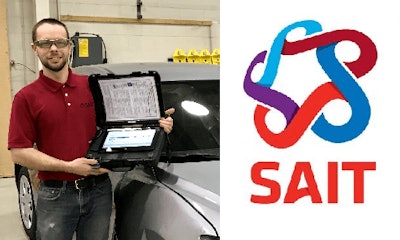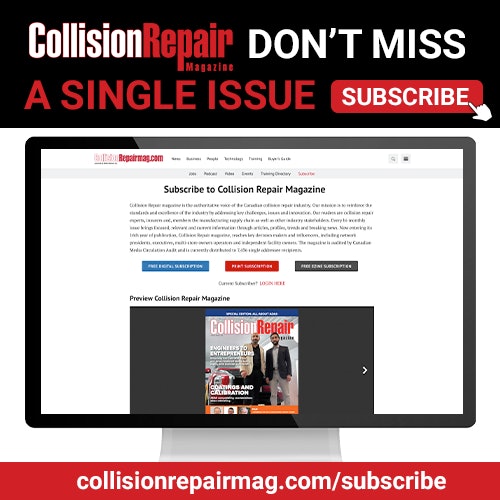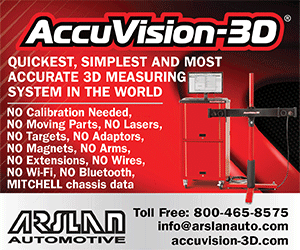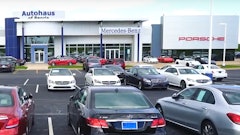
By Ben Hart
Calgary, Alberta — March 1, 2019 — At the Southern Alberta Institute of Technology (SAIT) in Calgary, Alberta, the faculty take great pride in providing our students with the training required to perform safe repairs on every vehicle—but this is not as simple a task as it once was.
In fact, as the advanced technology in today’s vehicles has forced bodyshops to change their repair procedures, it also requires post-secondary institutions to adjust the way we train tomorrow’s auto technicians.
Vehicles today can utilize over 50 individual modules containing large amounts of generic and manufacturer specific data that communicate through the OBD-II system using a universal controller area network—a CAN-BUS. Each module may be intended for a very broad section of the vehicle (such as the powertrain control module or body control module) or small secluded area of the vehicle (such as a door control module or headlight control module).
A vehicle’s system could have 100 million lines of code programmed to operate all of its functions, which equates to nearly twice the data processing requirements of your home PC or 10 times the data processing requirements of your smart phone.
Generic third party scan tools are no longer sufficient for a bodyshop as they do not have the ability to read all of the vehicle’s control modules or contain the necessary software to retrieve all the manufacturer specific data from these modules.
Another concern is that many errors from these modules will not illuminate a light on the dash or give any other indication of a problem. For these reasons most manufacturers have created position statements regarding pre-scanning, post-scanning and calibrations when performing collision repairs (some back dating to vehicles manufactured 10+ years ago). A repaired vehicle must have all of these modules scanned and functioning normally to ensure the vehicle is safe to be returned to the road.
The common problem a shop faces is the added cost and down time. This has a deleterious effect on shop KPIs when towing a vehicle to the dealer and waiting for the service, especially if the vehicle needs to be towed to the dealer for a pre-scan, returned to the bodyshop for repair then towed back to the dealer for post scans and calibrations.
All of this advancement puts the autobody technician and bodyshop at a technological disadvantage as the training and equipment may be lacking. In many cases the dealership may be best suited to provide these scanning services and have them performed by a manufacturer trained journeyman automotive service technician.
As a training institution, SAIT faculty recognized this need for a more modern approach to training. To that end, SAIT has partnered with AirPro Diagnostics to provide students with pre and post scans and calibration training.
The AirPro Diagnostics tool is designed to meet this unique requirement of the bodyshop. The autobody technician can quickly and easily hook up the AirPro tool, request an assisted scan—which is performed remotely by trained automotive service technician utilizing OEM licensed software—and have a full report with recommended repair suggestions in a very short time.
The collaboration allows us to provide our students with the ability to research OEM repair information and position statements—and to require these steps to be performed before working on any vehicles at the school
As one of the first post-secondary institutes to partner with a remote diagnostics scanning company, SAITs students are able to understand and adhere to OEM procedures throughout the entire repair process.
With a critical labour shortage facing the industry as a whole, new approaches to collision education at the post-secondary level are needed.
Collaborative partnerships with remote diagnostics scanning providers better prepare students for the everyday realities of working in the industry. They also make the decision to study autobody repair more appealing—something which will make it easier to attract potential repairers into the industry.























